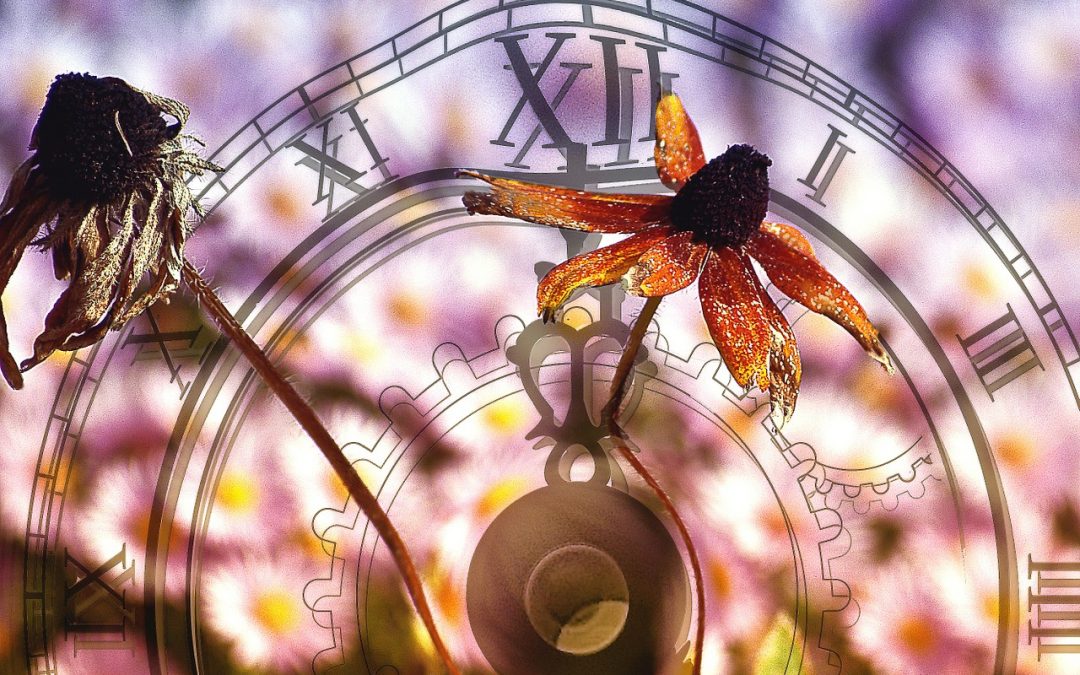What are image stabilized binoculars? Who needs them and in which situations? What is the difference between a pair of binoculars with image stabilization and a regular one? The answer is simple: high-power binoculars are difficult to hold still. This is why all major optic gear manufacturers offer some binocular models with in-built image stabilization mechanism.
Binocular image stabilization is a feature that is useful for people who need to view distant objects with clarity and stability, especially when the viewing conditions are not ideal. This can include activities such as birdwatching, hiking, hunting, and even sports spectatorship.
Image stabilization is particularly useful in situations where the viewer is moving or the object being viewed is moving, as it helps to reduce the blurriness and shaking that can occur when trying to view objects through a pair of binoculars. Image stabilization can also be helpful in low light conditions, as it allows the viewer to hold the binoculars steady and see objects more clearly without the need for a tripod or other stabilizing device.
Overall, binocular image stabilization is a useful feature for anyone who needs to view distant objects with clarity and stability, regardless of the viewing conditions.
In this article, we will see how to choose the best image stabilized binoculars to ensure they suit your purpose. Feel free to use the table of contents to jump directly to the binocular brand or model you’re interested in. Also check out this guide on how to buy binoculars, to understand what to look for when shopping around for this kind of equipment.
What Are Image Stabilization Binoculars?
If you’ve ever held powerful binoculars in your hands, you may have noticed that keeping the image still is very difficult, if not impossible. Such high-power binoculars call for using a tripod to obtain a sharp and stable image.
The good news is that image stabilized binoculars (IS binoculars) can help you obtain this sharp image without the need for a tripod, even at very high magnifying powers..
How Does Image Stabilization in Binoculars Work?
Image stabilization technology consists from internal motors that compensate for the motion or for the vibration induced by your shaking. These motors are powered by AA batteries.
Are Image Stabilized Binoculars Worth It?
There are situations in which image stabilized binoculars are well worth it. Generally speaking, you’ll be happy to have them in any situation that requires observing objects that are too far away to see with regular binoculars.
A safari, for instance, is one of the activities that require extremely powerful binoculars. The last thing you want is to get too close to a tiger or to any other wild animal that could attack you.
Stargazing, sailing, hunting and boating are other activities that require image stabilized binoculars. Thanks to these powerful and stable IS binos, you’ll be able to observe fast moving objects much easier than with cheaper binoculars.
If you can afford their price, IS binoculars are always a good idea. However, if you don’t have the budget to buy this type of binoculars, you can choose a regular binocular and a sturdy tripod instead. You won’t be able to use this combination while moving (in a safari vehicle or on a boat), but it might work very well for stargazing or for bird-watching.
How To Choose the Best Image Stabilized Binoculars
To start with, you need to understand the different types of image stabilized binoculars and their main pros and cons. There are two main types of image-stabilized optics: active systems and passive systems.
Active systems use electronics to sense motion and special mechanisms that correct this offset. For instance, in some IS binoculars, stabilization is achieved by shifting a group of lenses or by shifting the angle of a prism.
Passive systems don’t use electronics or nay other types of sensors to detect and correct vibration. The binoculars are stabilized with the help of a gyroscope or by disengaging the optical prisms from their housings, hence rendering them free from the binocular movement.
Canon 18×50 Image Stabilization All-Weather Binoculars
The best thing about these binoculars is that you don’t need to hold down the button that activates the image stabilization feature. You can toggle between IS and non-IS by simply pushing the button once.
The binoculars come with a water-resistant anti-shock rubber coating, being therefore ideal for outdoor lovers, runners and hikers.
The optical image stabilizer incorporated in these binoculars enable a shake-free nature observing experience and minimize eye fatigue. The Canon Super Spectra coating of the lenses prevents reflection, thus making the image brighter. The high-magnification combined with the wide-field viewing are everything you need to enjoy star gazing and other such outdoor activities that require powerful binoculars.
Main Specifications of Canon 18×50 IS Binoculars
– Filter size: 58 mm
– Closest Focusing Distance: 19.7 feet
– Eye Relief: 15 mm
– Exit Pupil Diameter: 2.8 mm
These IS binoculars use a Vari-Angle prism to achieve the correction of hand shaking. This prism is very responsive, being therefore able to counteract vibrations and suppress image shake.
Canon 10×30 Image Stabilization II Binoculars
The Canon 10×30 Image Stabilization II Binoculars are a compact and lightweight pair of binoculars that offer a 10x magnification and a 30mm objective lens diameter. They feature Canon’s Image Stabilization (IS) technology, which helps to reduce the effects of hand shake and enable you to view subjects more clearly and steadily. The IS system uses motion sensors to detect and correct for vibrations, allowing you to hold the binoculars steadier and see more clearly.
The binoculars also have a wide field of view, making it easier to locate and track moving subjects. They are coated with Canon’s Super Spectra coatings, which help to reduce flare and ghosting and improve overall image clarity and contrast. The binoculars are also waterproof and fog-proof, making them suitable for use in a variety of outdoor conditions.
Overall, the Canon 10×30 Image Stabilization II Binoculars are a high-quality and reliable option for those who need a compact and lightweight pair of binoculars with image stabilization technology.
Compact and lightweight, these image stabilized binoculars are perfect for travel. You can use them for birdwatching, for watching sports, or for concerts. The improved image stabilization system allows you to enjoy a sharp and clear image without the need for a tripod. These binoculars use gyro-sensors to detect horizontal or vertical movement and to compensate it via special prisms.
The binoculars feature a low reflective exterior. This makes them perfect for watching birds in their natural habitat.
The long eye relief (14.5mm) is designed to offer comfort even to users wearing glasses.
Main Specifications of Canon 10×30 Image Stabilization II Binoculars
– Filter size: 30 mm
– Eye Relief: 14.5 mm
– Porro II prisms and double-field flattener – the result is an amazing sharpness of the images, from edge to edge
Fujinon Techno Stabi TS 1440 – 14×40 Image Stabilization Binoculars
The high-power 14x magnification combined with the image stabilization make these binoculars a great option for those who need a device to use from moving vehicles or from sailing ships.
The TS 1440 image stabilization binoculars have the ability to lock in a subject to create a stabilized feild of vision even at high magnification.
The EBC coating of the lenses provides excellent light transmission. The rugged body offers a firm grip. It also has good weatherproof properties. The pelican case and the floating straps are meant to keep you on the safe side, even if you drop your binoculars in the water.
These binoculars are great for safari or for sailing, but they can also work very well for birdwatching or stargazing.
Like many other binoculars, the Fujinon Techno TS 1440 can be used with eyeglasses.
According to some users, you can even observe the moons of Jupiter as dots and Mars as a red dot.
Main Specifications of Fujinon TS 1440 14×40 Stabilized Binoculars
– Filter size: 40 mm
– Closest Focusing Distance: 5 m
– Eye Relief: 13 mm
– Exit Pupil Diameter: 2.86 mm
These IS binoculars use 4 AA type alkaline batteries. The binoculars are fogproof and waterproof, and they are made from a very durable, fiberglass-reinforced plastic.





